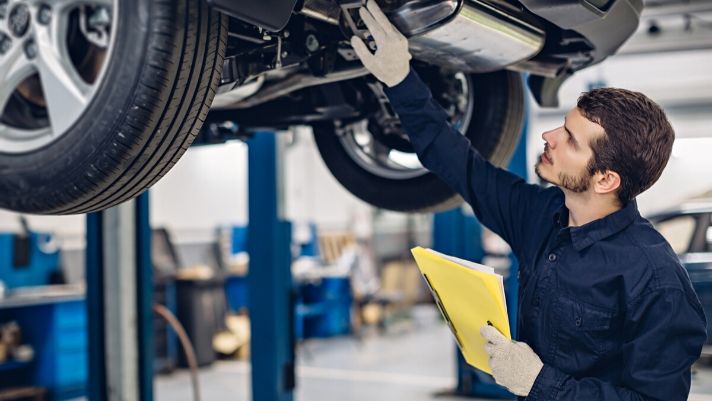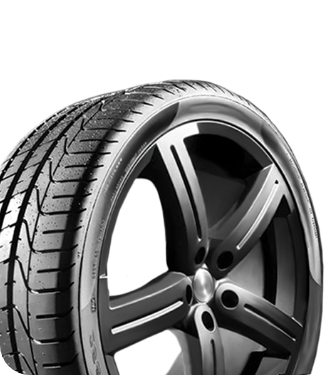

A Guide to Common Car Maintenance Terms
Maintenance |Going in to the mechanic intimidates a lot of people, but it doesn’t have to. By arming yourself with a certain baseline understanding of maintenance, you can go in on time and with confidence. Overall, this saves you money and guides the mechanic directly toward the source of your car troubles. Here’s a guide to common car maintenance terms that will make things clearer.
Engine Piston
First, the engine piston. Housed within the engine compartment, pistons are plunger-like structures that move as combusting fuel expands. As they move, the slender handle-like section of the piston turns the engine’s crankshaft, providing power so you can drive the car. When your timing belt fails, or when your spark plug, which ignites the fuel, goes bad, your pistons can sustain damage.
Motor Oil (and Oil Filter)
Another element that can lead to piston failure is poor/dirty motor oil. Motor oil keeps your engine parts from creating too much friction with one another during use, which lessens engine strain and lengthens its life. As a general rule, you should change your oil every 5,000 miles or 6 months, though some cars may be able to go 7,500 or more miles before a change. When you go in, you should aim to change your oil filter as well, though you can replace it every other oil change if you prefer.
Power Steering System
Also, your car’s power steering system may need attention at some point. To prevent drivers from struggling to turn, a power steering system applies additional force to each wheel that corresponds with each slight movement of the steering wheel. Power steering fluid is integral to this system and needs replacing about every 75,000 miles, though some recommend draining and replacing it every 30,000 miles. Rely on your owner’s manual for this one.
Timing Belt vs. Serpentine Belt
Sometimes it’s hard to know the difference between your timing and serpentine belts. Your timing belt is a necessary part of your engine that precisely aligns the intake and exhaust valves. If it fails, you’re looking at significant engine damage or at least labor-intensive servicing. Meanwhile, a serpentine belt powers the water pump, air conditioner, power steering, and other elements. Its failure is not catastrophic but may cause your car to eventually overheat because of the water pump failure.
Tire Rotation vs. Wheel Alignment
Our final note in this guide to common car maintenance terms is the difference between tire rotation and wheel alignment. Tire rotation is simply the process of putting certain tires on different parts of the car so each tire wears in about the same way. Neglecting this service leads to differing tire deterioration and an eventual blowout or leak. Different from tire rotation, wheel alignment corrects the suspension so tires meet the pavement at the correct angle, which prevents uneven wear. Typically, misalignment results from a collision or a worn suspension system. If you need tire servicing or entirely new tires, contact our RNR Tire Express team. You can also visit our tire shop in Grand Junction for more information.





